Can President Obama Intimidate The Supreme Court?
Stanley Feld M.D.,FACP,MACE
It is unlikely that President Obama can intimidate the Supreme Court.
The Supreme Court is going to judge “Obamacare” on the basis of its constitutionally.
Two weeks ago President Obama tried to intimidate the Supreme Court.
“With a rhetorical back of the hand, President Obama seemingly attempted to browbeat Supreme Court justices into rescuing his increasingly imperiled signature legislative accomplishment – Obamacare. The president proclaimed that it would be "unprecedented" and "extraordinary" for the Supreme Court to overturn "a law that was passed by a strong majority of a democratically elected Congress." To add insult to self-inflicted injury, the president suggested that "judicial activism" would be an appropriate label if the Supreme Court were to "somehow overturn a duly constituted and passed law."
The president is wrong on the facts and wrong on the law. As we all know, the law was not passed by "a strong majority" of Congress. It won House passage by a razor-thin seven votes and even more narrowly escaped filibuster in the Senate. Even that close margin was sullied by vote-buying allegations such as the Cornhusker Kickback. The law turns out to be even more unpopular with the American people.”
I was horrified at President Obama’s attempt at intimidation. The public backlash he received compelled him to backpedal. He tried to explain what he meant the next day. He was unsuccessful.
He should understand “as a constitutional lawyer” the Supreme Court’s job is to decide if a law is constitutional.
On May 3,2012 President Obama tried another route to influence the Supreme Court’s potential decision on his healthcare reform act.
The administration counters that even if the Supreme Court strikes down the insurance mandate, the court should preserve most of the rest of the legislation. That would leave in place the administration’s changes to Medicare as well as a major expansion of Medicaid coverage.
“Justice Department lawyers said reversing the Medicare payment changes “would impose staggering administrative burdens” on the government and “could cause major delays and errors” in claims payment.”
President Obama rolled out Dr. Donald Berwick, former non-congressional confirmed head of CMS, to inform the public of the devastating affects repealing the law would have on seniors.
“Tossing out President Barack Obama’s health care law would have major unintended consequences for Medicare’s payment systems.
“Medicare cannot turn on a dime,” said former administrator Don Berwick, Obama’s first Medicare chief. “I would not be surprised if there are delays and problems with payment flow. Medicare has dealt with sudden changes in payment before, but it is not easy.”
AARP is also helping President Obama with his dirty work. It should not be forgotten that AARP took $4 billion dollars from UnitedHealthcare to be it exclusive vendor for Medicare Part D and Medicare Advantage.
AARP says it’s concerned. If doctors became embroiled in a legal battle over payments, then “a general concern would be that physicians would cease to take on new Medicare patients, as well as potentially have issues seeing their current patients,” said Ariel Gonzalez, top health care lobbyist for the organization.
President Obama was smart enough not to personally frighten seniors. If the Supreme Court’s decision goes against him and hardships are created for seniors because of the disruptions to Medicare he can point to the Supreme Court as being a political activist court. He can say the Supreme Court has thwarted his agenda and has harmed seniors.
He can claim he is the defender of seniors. His hope is this maneuver will help in his reelection campaign.
The Supreme Court is the interpreter of the Constitution. It is not the defender of President Obama’s ideology. The Supreme Court’s integrity should not be attacked before or after a decision is made.
If the Supreme Court deems President Obama’s Healthcare Reform mandate unconstitutional, it is unconstitutional.
President Obama’s politics are a dirty business. Manipulating the traditional media and American public’s thinking rather than presenting the truth seems to be President Obama’s goal.
The traditional media has omitted the fact that President Obama is going to make major disruptive changes to Medicare on his own. He is going to decrease Medicare funding by $500 billion dollars.
In fact, the decrease funding was to take effect before the election.
He conveniently delayed the scheduled reduction until after the election in order to not upset seniors and lose the senior vote.
Former Medicare/Medicaid administrators disagree on the potential for major disruptions in Medicare.
“There is an independent legal basis to pay providers if the Supreme Court strikes down the entire law,” said Thomas Barker, a former Health and Human Services general counsel in the George W. Bush administration.
Tom Scully was CMS Director Medicare during former President George W. Bush’s first term.
He said,
He does not foresee major problems, although he acknowledges it would be a “nightmare” for agency bureaucrats.
Scully dismissed the notion that private Medicare plans would be jeopardized if the Supreme Court throws out the law.
“The idea that Medicare Advantage plans would shut down and patients would be thrown into the street is just people making up arguments to stir the pot,”
President Obama has been planning to get rid of Medicare Advantage with his Medicare funding reductions. Seniors will then be in an uproar.
“Even if the law were completely overturned, the government would still have authority under previous legislation to pay hospitals, doctors, insurance plans, nursing homes and other providers.”
My interpretation is that this is another “trick play” by President Obama intended to put pressure on the Supreme Court to not overturn the law.
It will not work. President Obama’s disinformation and manipulations of the traditional media are wearing thin on everyone.
The opinions expressed in the blog “Repairing The Healthcare System” are, mine and mine alone
Please have a friend subscribe
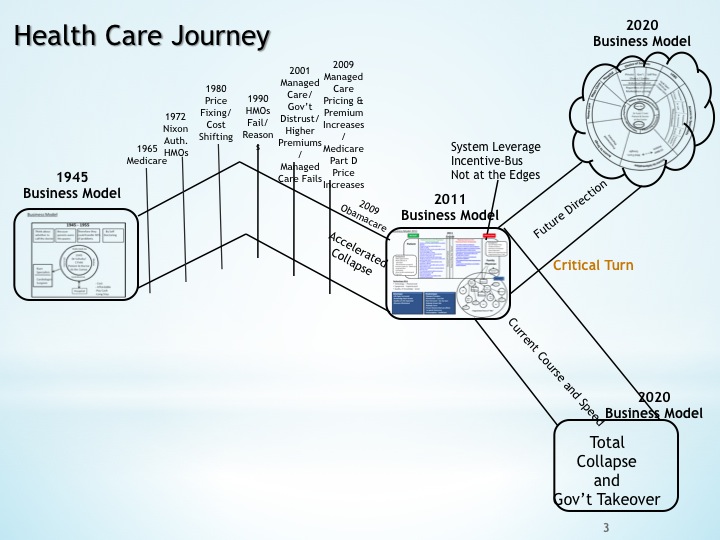
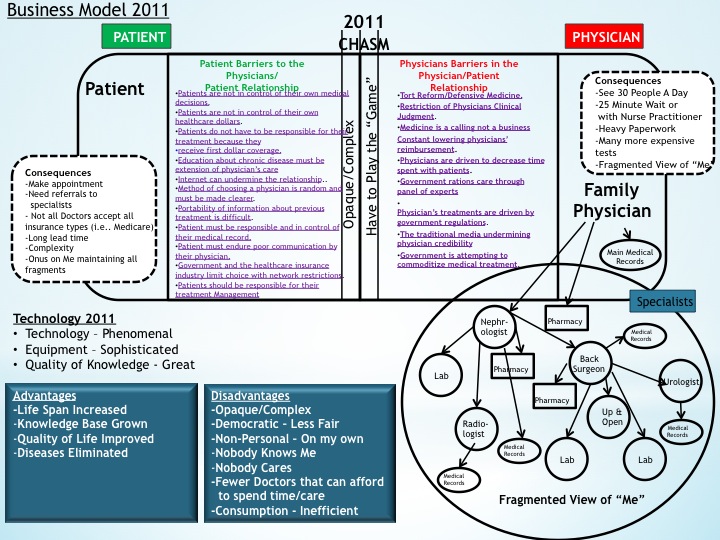
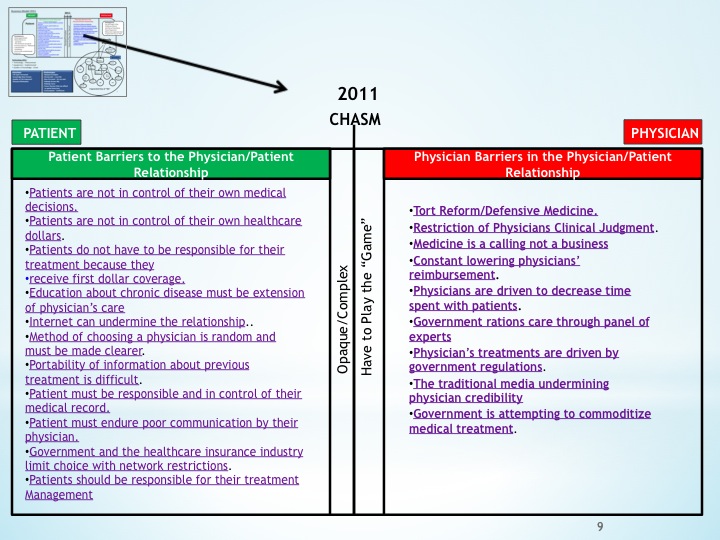
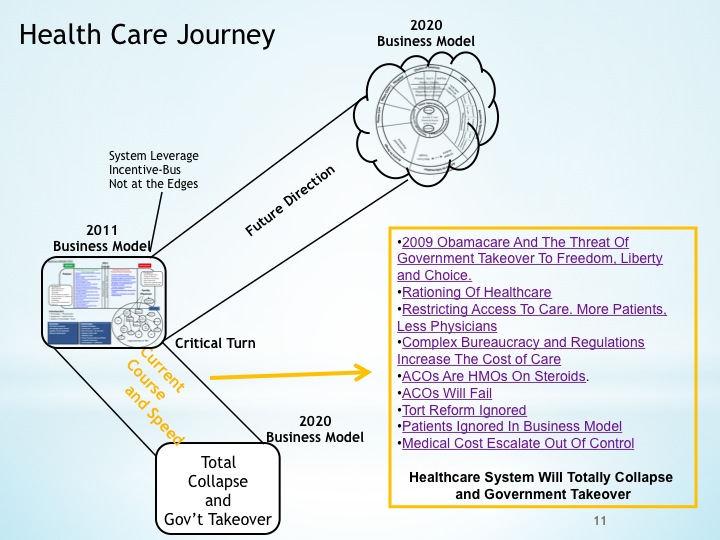
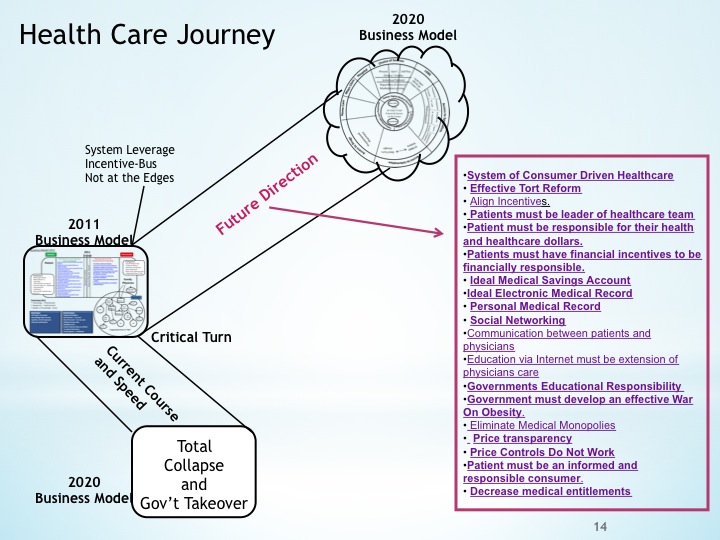
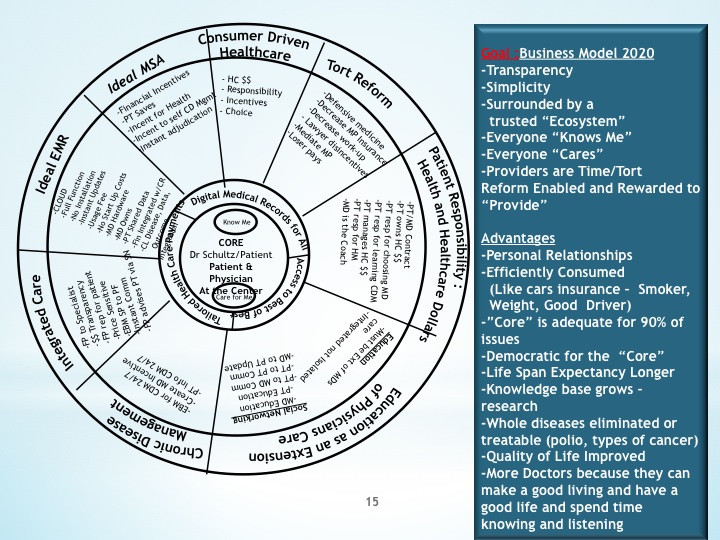
wonderful points altogether, you simply gained a logo new reader. What would youu suggest in regards to your publish that youu made a few days ago? Any positive?